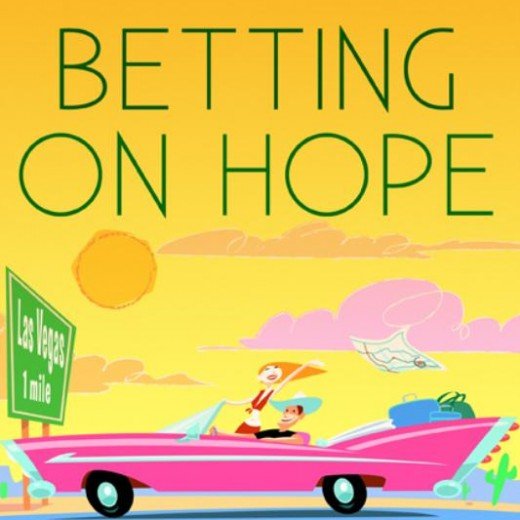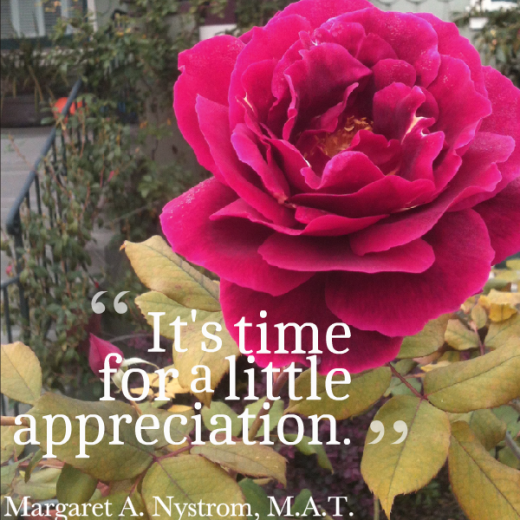4th Person POV: 4 Tips To Use It Right by Linnea Gradin
 Let’s welcome back Linnea Gradin as she shares with us “4th Person POV: 4 Tips To Use It Right.” Enjoy!
Let’s welcome back Linnea Gradin as she shares with us “4th Person POV: 4 Tips To Use It Right.” Enjoy!
***
Writers are creatures of habit — we stick to what’s comfortable, and write most of our stories in all-purpose POVs like first and third person (or second if we’re truly feeling adventurous). But the fourth person POV — a bold perspective that tries to represent the thoughts and feelings of groups — could be another ace in our sleeve.
If you’re not sure how to incorporate this lesser known POV into your writing, here are four tips on how to get it right.
1. Don’t confuse it with 1st person plural
If you noticed, the introduction of this article was written in fourth person, referring to a collective “we” and attempting to capture the shared experience of all writers.
That’s essentially how fourth person works: using pronouns like “we” and “us,” or “our” and “ours” to represent the voice of multiple people as one. The effect can be either one of closeness if we feel included in the group, or one of distance if not.
A well-known example is Jeffrey Eugenides The Virgin Suicides, which is narrated by a group of middle-aged men, reflecting back on their boyhood crushes [Trigger warning: suicide]:
“It didn’t matter in the end how old they had been, or that they were girls, but only that we had loved them, and that they hadn’t heard us calling, still do not hear us, up here in the tree house, with our thinning hair and soft bellies, calling them out of those rooms where they went to be alone for all time, alone in suicide, which is deeper than death, and where we will never find the pieces to put them back together.”
The first person plural also uses pronouns like “we” and “us” to describe what a few characters think or do, but unlike the group perspective of the fourth person perspective, it’s based on the thoughts and feelings of a single character.
2. Experiment with shorter pieces
To get more comfortable with the quirks of fourth person, I’d suggest experimenting with shorter pieces to begin with. You can look for writing prompts or tips to write short stories or convert an old story you’ve already written in another POV and note how it changes the mood of the piece.
This is a great way to really get a sense of what register writing in fourth person will allow you to access, and perhaps what genres it fits best with.
The fourth person can be hard to pull off and feel a bit abrasive for readers, so another thing you can do is alternate POVs so that only some parts of your story is written in fourth person.
From a paragraph in a chapter to whole chapters, sometimes switching POV can be more effective than writing the entire story in one, as it signals to readers that something new is happening; you’ve made an active choice to switch perspective because you want them to pay attention.
3. Don’t overuse the pronoun “we”
Whatever perspective you choose, avoid peppering your text with pronouns. Just like ‘I’ in first person and repetitive dialogue tags, you don’t need a million “we” when writing in fourth person. Take this example from Jaquira Díaz’s Ordinary Girls:
“We were the wild girls who loved music and dancing. Girls who were black and brown and poor and queer. Girls who loved each other.”
It’s enough to establish who is speaking once every now and then.
4. Only use it if it adds to your story
Before I wrap this article up, I think it would be irresponsible not to include a word of warning: fourth person is a wonderful perspective that presents a lot of unique and exciting possibilities in your writing and can help you stand out, but like any other perspective, it should only be applied when it actually helps elevate your story.
I recommend new writers to use it sparingly. Fourth person can be distracting and prevent you from getting your message across. It’s great for representing abstract concepts and common experiences, but it can be hard to connect to.
A YA fantasy book, for instance, is often told in 1st or close 3rd person because you want readers to emotionally connect to the protagonist. Fourth person, meanwhile, suggests a strong sense of us and them and is great for exploring shared experiences and cultural context, but it can also create a distance if the reader isn’t an insider.
The fourth person allows you to explore commonalities between characters and the reader, but also limits how far you can dive into the quirks of individuals.
When used carelessly, it can create monoliths, but when used effectively, it can create a sense of belonging and succinctly at a wider angle.
Hopefully, with this article you’ll be better informed on when and how to use it to get the most out of your own writing.
***
ABOUT THE AUTHOR
![]() Linnea Gradin writes about writing and publishing over at Reedsy — a website that connects authors with freelancing publishing professionals and gives advice on everything from how to become a proofreader, to the best creative writing classes and how to self-publish a book.
Linnea Gradin writes about writing and publishing over at Reedsy — a website that connects authors with freelancing publishing professionals and gives advice on everything from how to become a proofreader, to the best creative writing classes and how to self-publish a book.






